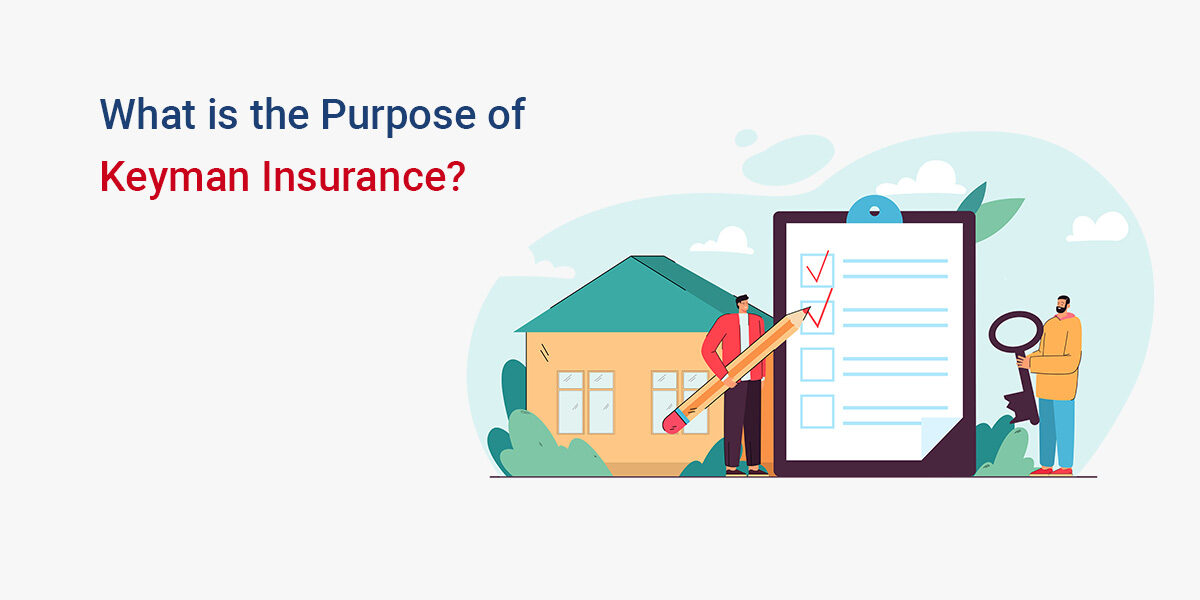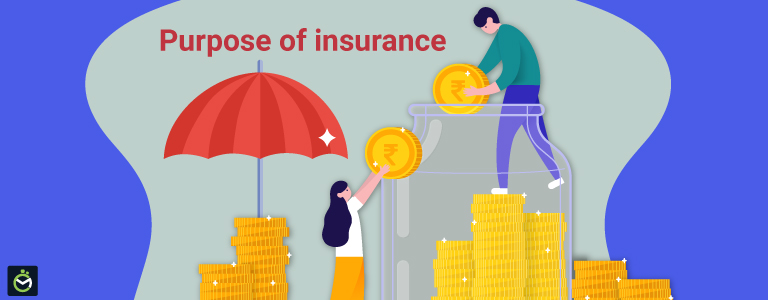10 Easy Facts About Pacific Prime Explained
10 Easy Facts About Pacific Prime Explained
Blog Article
Pacific Prime for Beginners
Table of ContentsThe Best Strategy To Use For Pacific PrimeSome Known Facts About Pacific Prime.Unknown Facts About Pacific PrimeThe Only Guide for Pacific Prime
In a lot of states, the insurance company is called for to send you a copy of the modifications to your policy. It is important that you check out Recommendations or Bikers so you recognize just how your policy has actually changed and if the policy is still adequate to fulfill your requirements. To get a duplicate of your insurance plan, please call your insurance agent or firm.
The Institute of Medicine (IOM) Committee on the Consequences of Uninsurance launches a prolonged exam of evidence that addresses the importance of health insurance coverage with the publication of this record. Protection Matters is the initial in a collection of six records that will certainly be provided over the following two years recording the truth and effects of having actually an approximated 40 million people in the USA without medical insurance protection.

How Pacific Prime can Save You Time, Stress, and Money.
The goal of this collection of research studies is to redouble policy interest on a longstanding issue. Following the lengthiest economic development in American history, in 1999, an estimated one out of every six Americans32 million adults under the age of 65 and even more than 10 million childrenremains uninsured (Mills, 2000).

Ten percent of the populace accounts for 70 percent of health treatment expenditures, a relationship that has stayed continuous over the past 3 decades (Berk and Monheit, 2001) - maternity insurance for expats. Thus health insurance coverage remains to offer the feature of spreading threat even as it significantly finances regular treatment. From the perspective of healthcare companies, insurance policy carried by their clients assists safeguard an earnings stream, and areas take advantage of monetarily viable and stable health and wellness care practitioners and organizations
Federal government gives health insurance to populaces whom the private market might not serve properly, such as disabled and seniors, and populations whose accessibility to health and wellness treatment is socially valued, such as children and pregnant females. The supreme ends of medical insurance protection for the individual and neighborhoods, including office areas of staff members and employers, are enhanced wellness results and top quality of life.
Things about Pacific Prime
Employees rate wellness insurance coverage initially by much in value amongst all the advantages offered in the office (Salisbury, 2001). Although there have actually been substantial financial investments of individual and public funds to offer medical insurance, many individuals still have no insurance coverage. In spite of comprehensive coverage of study searchings for and wellness care research study results, the general public continues to be baffled and misinformed regarding Americans without medical insurance and the ramifications of lacking insurance coverage.

Without inquiry, the intricacy of American healthcare financing mechanisms and the riches of sources of details include in the public's confusion and suspicion regarding wellness insurance statistics and their analysis. This record and those that will follow aim to distill and present in conveniently understandable terms the substantial research study that bears on questions of medical insurance coverage and its value.
Fifty-seven percent of Americans questioned in 1999 thought that those without health insurance coverage are "able to obtain the treatment they need from doctors and hospitals" (Blendon et al., 1999, visit p. 207). In 1993, when nationwide attention was focused on the problems of the uninsured and on pending health treatment regulations, just 43 percent of those questioned held this idea (Blendon et al., 1999).

They also receive fewer preventive services and are much less likely to have routine take care of persistent problems such as high blood pressure and diabetic issues. Chronic illness can result in costly and disabling difficulties if they are not well handled (Lurie et al., 1984; Lurie et al., 1986; Ayanian et al., 2000). One nationwide study asked even more than 3,400 adults regarding 15 extremely severe or somber problems.
8 Simple Techniques For Pacific Prime
Additional evidence is offered later in this chapter in the discussion of insurance and accessibility to wellness treatment. https://sitereport.netcraft.com/?url=https://www.pacificprime.com. Individuals without health and wellness insurance are young and healthy and choose to do without coverage. Practically half (43 percent) of those surveyed in 2000 believed that people without health and wellness insurance are most likely to have illness than individuals with insurance policy
Voters and policy manufacturers in emphasis team conversations characterize those without insurance policy as young individuals who have the chance to be covered and feel they do not need it (Concierge Novelli, 2001). Contrasted to those with at the very least some personal coverage, the uninsured are less most likely to report remaining in outstanding or very great health (Firm for Healthcare Research and Top Quality, 2001).
RESOURCE: Facility for Expense and Financing Researches, Agency for Healthcare Research and Top quality, based upon MEPS information. Youthful grownups in between 19 and 34 are even more most likely to do not have medical insurance than any type of other age group. This is mainly because they are less often eligible for employment-based insurance policy because of the nature of their work or their brief period in it.
The understanding that people without insurance coverage have better-than-average health and wellness follows from confusing the reasonably young age account of the uninsured with the far better wellness, usually, of more youthful persons. This covers the web link in between wellness condition and medical insurance. For those without accessibility to workplace medical insurance, poor health and wellness is a possible barrier to acquiring nongroup protection due to the fact that such insurance coverage might be extremely priced, exclude preexisting problems, or be just inaccessible.
Report this page